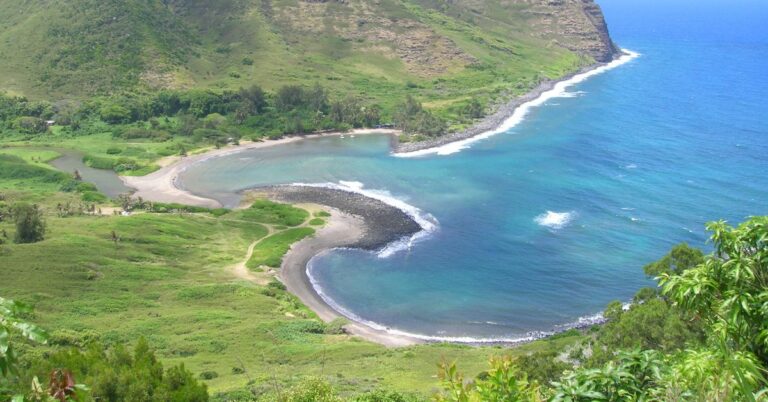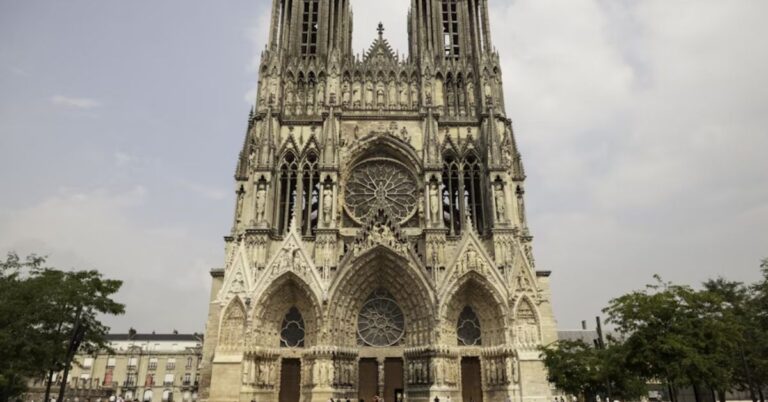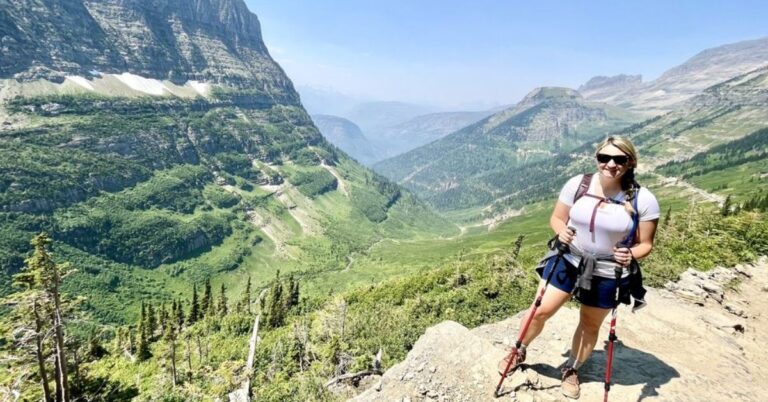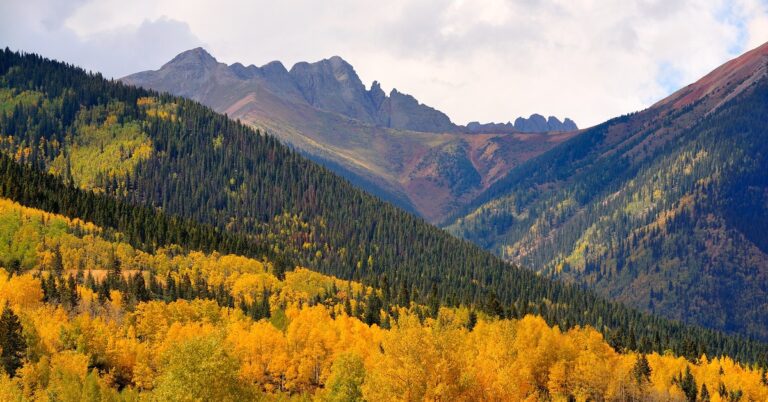15 Remote U.S. Destinations For A Total Digital Detox

There’s a particular kind of chaos that sets in when your brain starts buffering in real life. You try to zoom in on a printed map and suddenly can’t remember the last time you sat still without checking something. That’s not burnout—it’s signal overload. The cure? Getting so far off the grid, your phone starts asking existential questions. So, here are 15 remote U.S. destinations that offer the joy of not being available.
Stehekin, Washington
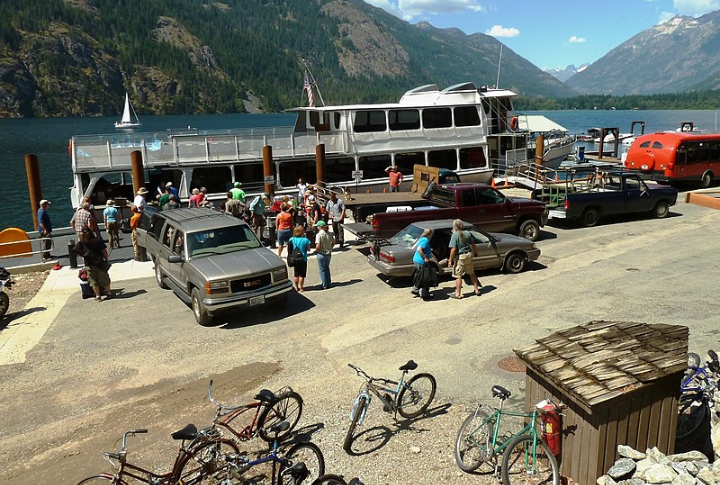
Stehekin is one of the most disconnected places in the U.S., with no road access and no Wi-Fi. You can only get there by boat, floatplane, or by hiking 23 miles over Cascade Pass. The area is surrounded by alpine terrain and glacier-fed waterfalls, offering a true break from digital life.
Supai Village, Arizona
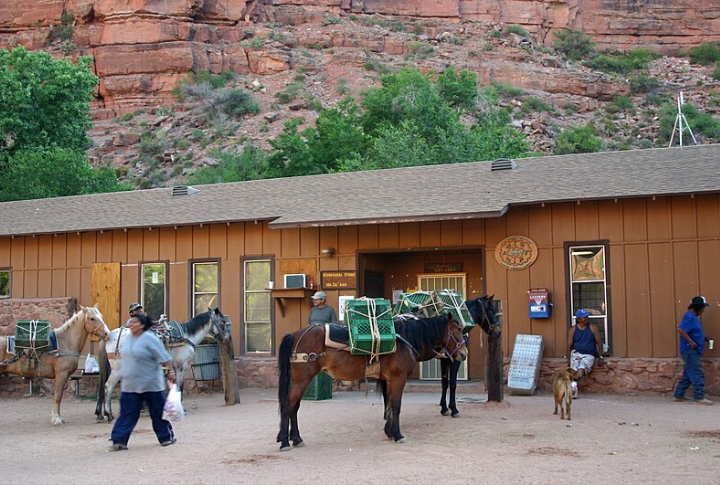
Supai Village has no road access or cell reception, and mail is still delivered by mule. To get there, visitors must hike eight miles or take a helicopter. Those who reach Supai are rewarded with access to Havasu, Mooney, and Beaver Falls, all set in a region untouched by digital noise.
Dry Tortugas, Florida

Located around 70 miles off the coast of Key West, Dry Tortugas is home to Fort Jefferson, one of the largest masonry forts in the country. Visitors come to snorkel coral reefs and explore sunken shipwrecks. With no restaurants or hotels, only campsites and open skies remain, perfect for those seeking a full digital break.
Kalaupapa, Molokai, Hawaii
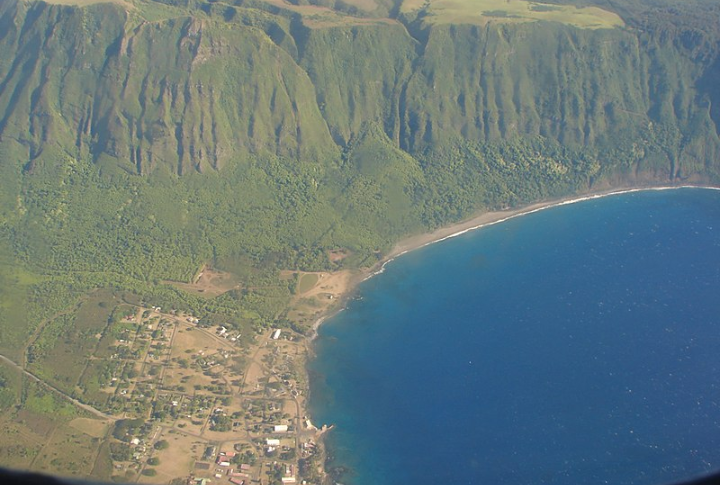
Kalaupapa is situated beneath 2,000-foot sea cliffs on Molokai, making it one of the most secluded spots in Hawaii. Once a leprosy settlement that was active until 1969, the area remains preserved and quiet. Moreover, the surrounding area includes wild beaches and complete silence.
Gila Wilderness, New Mexico

The Gila Wilderness was designated in 1924 as America’s first official wilderness area, and it still lives up to that title. Spanning over 550,000 acres, it has no cell towers and no modern infrastructure. Visitors can also step into untouched nature, where ancient Mogollon cliff dwellings hide within canyons.
Green Bank, West Virginia

Located within the National Radio Quiet Zone, this town forbids microwaves to protect its crown jewel: the world’s largest fully steerable radio telescope. Locals swap texts for landlines and handwritten signs, creating a community where digital noise fades, and real connection begins. It’s no wonder they call it “America’s Quietest Place.”
Isle Royale, Michigan
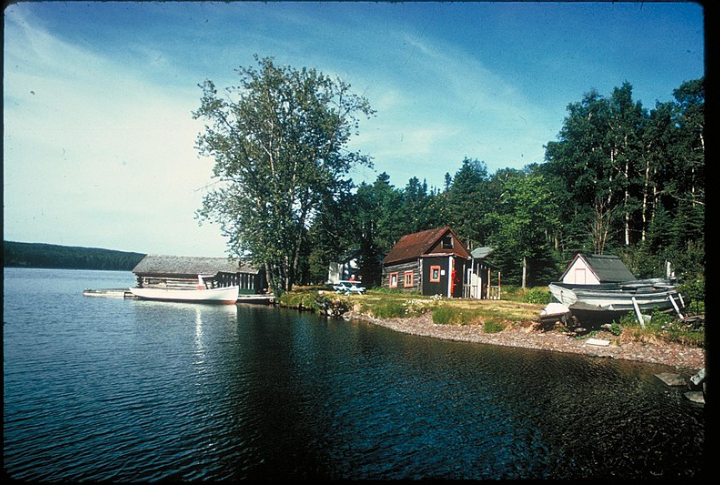
Reaching Isle Royale takes effort—ferries, seaplanes, or private boats are the only way in. But that journey sets the tone for what lies ahead: a pristine wilderness free of cars and crowds. With no permanent residents and a season that runs only May through October, it’s the perfect place to vanish into nature’s rhythm.
Bechler Region, Yellowstone (Idaho Side)
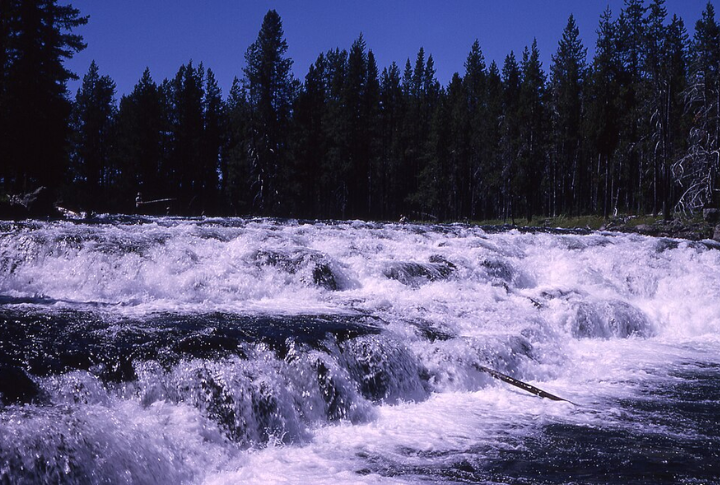
Known as “Cascade Corner,” the Bechler Region is Yellowstone’s most remote and least-visited section. Dozens of waterfalls pour through this wilderness, where cell service disappears, and modern infrastructure is nearly nonexistent. Access requires serious effort, like horseback rides through undeveloped terrain.
Boundary Waters Canoe Area, Minnesota
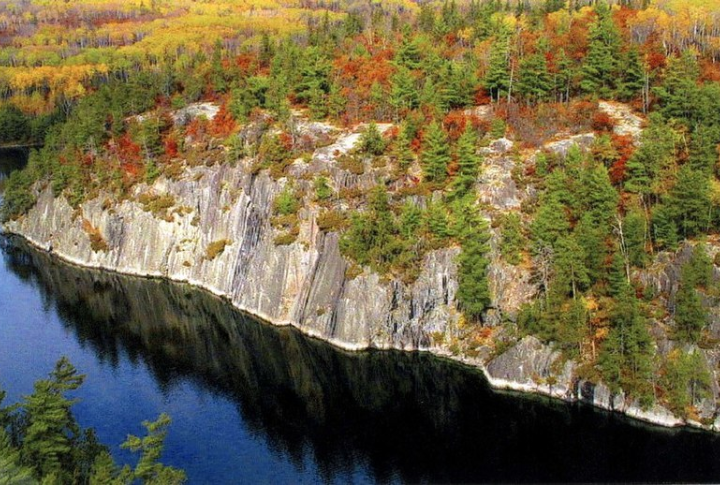
Covering more than a million acres and laced with over 1,100 interconnected lakes, the Boundary Waters offers one of America’s serene escapes. Wildlife like bald eagles, wolves, and loons fill the silence, while one of the darkest night skies in the country reveals constellations undimmed by artificial light.
Bodie State Historic Park, California

Frozen in time and silence, Bodie is a Gold Rush ghost town preserved in what historians call “arrested decay.” Its creaking buildings remain untouched by modern development—or cell reception. Once bustling with 10,000 residents, Bodie now whispers its past to those who brave the 13-mile journey down a partially unpaved road.
Maze District, Canyonlands, Utah
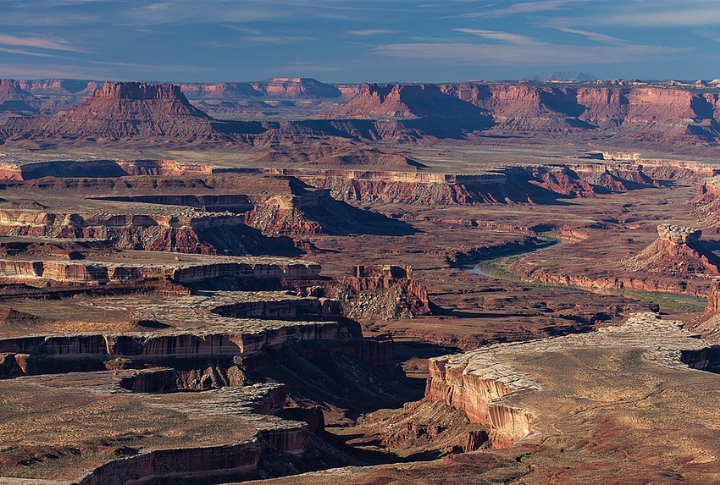
Often called the most remote area in the lower 48, the Maze District lives up to its name with a tangled network of deep canyons and deceptive dead ends. Reaching it demands a 4WD vehicle, careful planning, and days’ worth of supplies. Interestingly, visitors here walk by map and instinct alone.
Chaco Culture National Historical Park, New Mexico
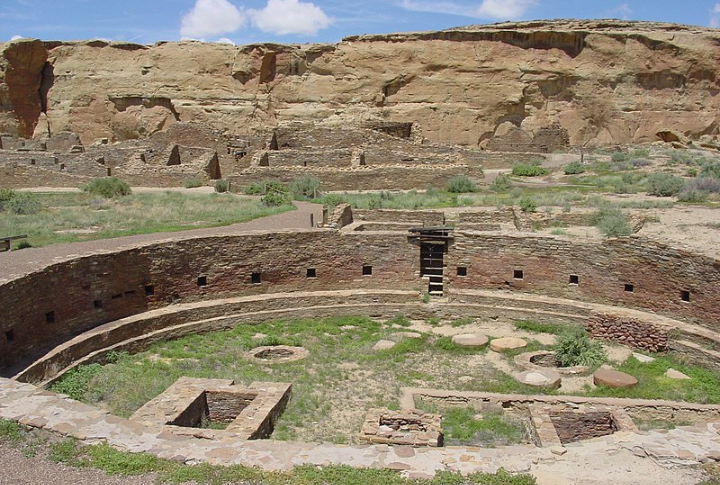
Accessible only by navigating 20 miles of rough, rocky road, Chaco Canyon is remotely located, both in time and space. This UNESCO World Heritage Site hosts an ancient collection of pueblos that precisely match solar events. Besides, it’s also famous for its affordable and uninterrupted
Ten Sleep, Wyoming
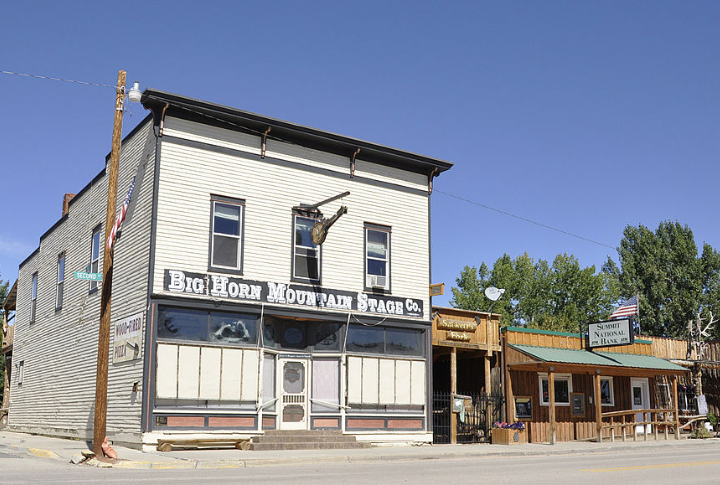
Ten Sleep gets its name from the ten-night journey once taken between Native American gathering sites. Today, it’s a rock climber’s paradise, featuring over 800 sport routes etched into canyon walls. Each summer, the town celebrates its Western heritage with a lively cowboy poetry festival, which blends adventure with mountain charm.
Denali Wilderness, Alaska
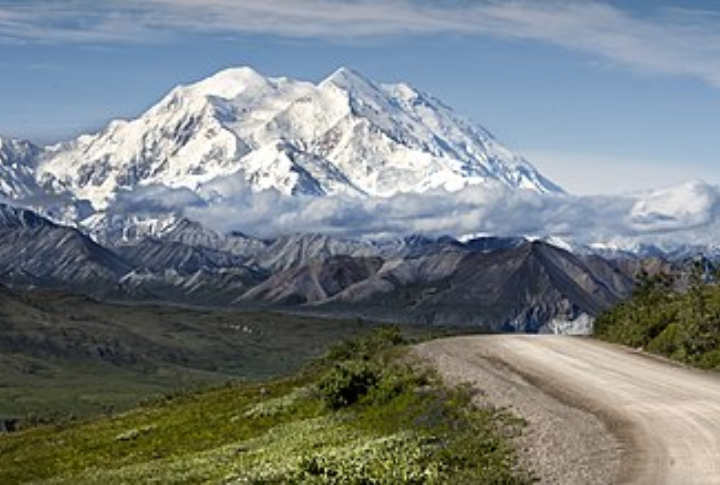
Stretching across six million acres of untamed tundra and glacier fields, the Denali Wilderness is raw Alaska at its most extreme. Beyond the park road, there are no trails—only a vast backcountry where grizzlies, wolves, and caribou roam freely. In short, access requires permits and bear-proof containers.
Great Sand Dunes National Park, Colorado
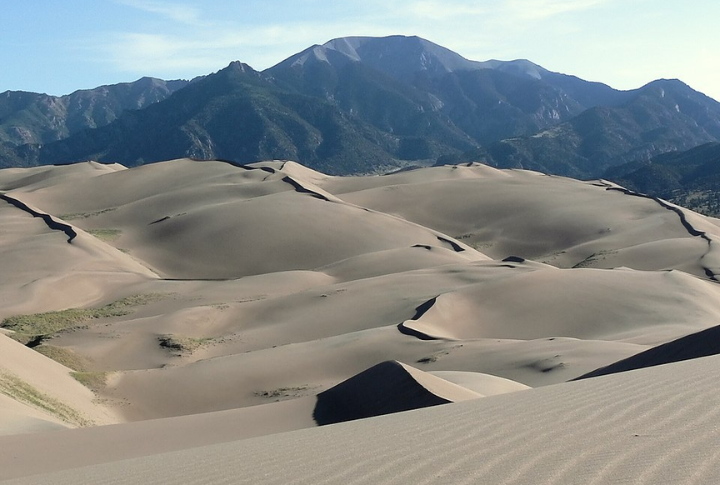
Rising up to 750 feet, the dunes of this Colorado park form a golden playground sculpted entirely by wind. Far from modern distractions, its core zones have no signal, encouraging full immersion in nature. Lastly, during spring and early summer, Medano Creek brings a rare wave-like surge, further adding to the park’s dynamic charm.

